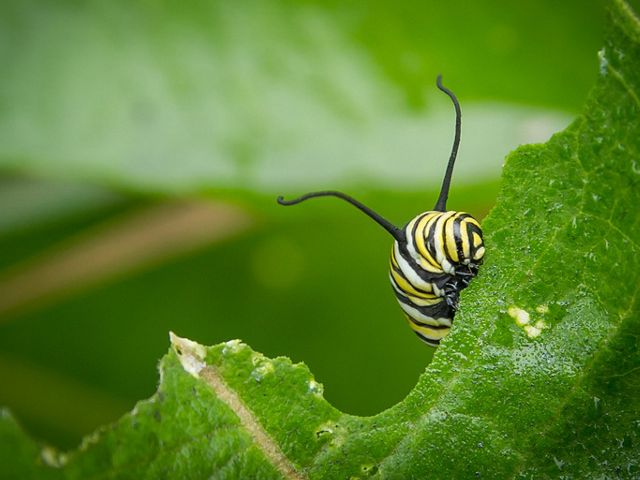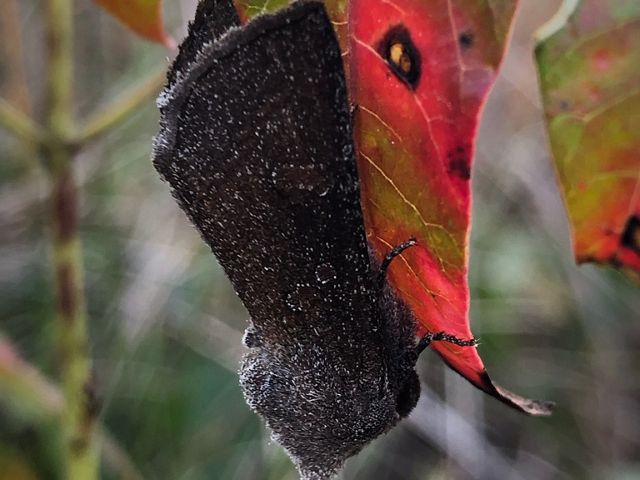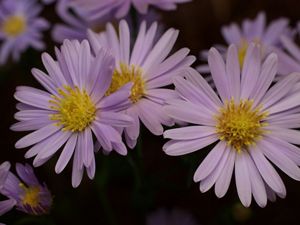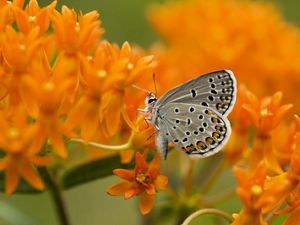Ohio Legislature Passes Bill to Help Spread Native Plants throughout State
HB 364 allows conservation organizations, non-profits to collect and share native plant seeds.
Media Contacts
-
Ryan Hermes
Media Relations Manager, Midwest Division
The Nature Conservancy
Phone: 517-999-7745
Email: ryan.hermes@tnc.org
The Nature Conservancy (TNC) today applauded the Ohio Legislature for passing commonsense legislation that allows individuals, conservation organizations and non-profits, like TNC, to collect and share native plant seeds with other like-minded organizations. This will encourage groups and individuals to plant more native plants and create more native plant habitats to ensure Ohio’s natural spaces thrive.
The Ohio House passed HB 364 on a unanimous vote in June. The Ohio Senate followed suit on Dec. 19 on a vote of 30-0. The legislation now awaits Gov. Mike DeWine’s signature.
“I want to thank lawmakers in the Ohio House and Senate for passing this commonsense legislation,” said Mary Turocy, director of policy and government relations for TNC in Ohio. “Once signed into law, this will have a significant impact on efforts throughout the state to remove invasive plants and replace them with plants native to Ohio, provide more habitat to threatened insects and even help individuals who want to create their own pollinator garden.”

In the past, TNC has collected native seeds on its preserves throughout Ohio to replant on other areas of its preserves to help replace invasive plants or restore fields previously used for farming or as a pasture. Photos of past seed collection or planting efforts on TNC Ohio preserves are available here.
“Native plants have an impact across the ecological food web,” said Peter Blank, Northwest Ohio program manager for TNC. “Native plants provide sanctuary for pollinators, like bees and butterflies, and a habitat for beneficial insects like beetles, dragonflies and wasps, which prey on people pests—like mosquitoes—and pests that damage agricultural crops. More insects mean more food for small mammals and birds, which then benefits hawks and owls. And it all starts with native plants.”


Milkweed and blazing star species are two key examples of native plants that could be more prominent across the state under this new law. Milkweed is the food of choice for monarch butterfly caterpillars, and blazing star borer moth caterpillars only dine on blazing star, which sprout tall wands of purple or pink blooms. Without those respective species of plants, neither could survive.
“At TNC, we are proud to work with nonprofit, governmental, and grassroots community organizations across the state,” Turocy said. “This legislation will help us all ensure the plants, animals, and insects that call Ohio home remain healthy and abundant for generations to come.”
The Nature Conservancy is a global conservation organization dedicated to conserving the lands and waters on which all life depends. Guided by science, we create innovative, on-the-ground solutions to our world’s toughest challenges so that nature and people can thrive together. We are tackling climate change, conserving lands, waters and oceans at an unprecedented scale, providing food and water sustainably and helping make cities more sustainable. The Nature Conservancy is working to make a lasting difference around the world in 81 countries and territories (40 by direct conservation impact and 41 through partners) through a collaborative approach that engages local communities, governments, the private sector, and other partners. To learn more, visit nature.org or follow @nature_press on X.



